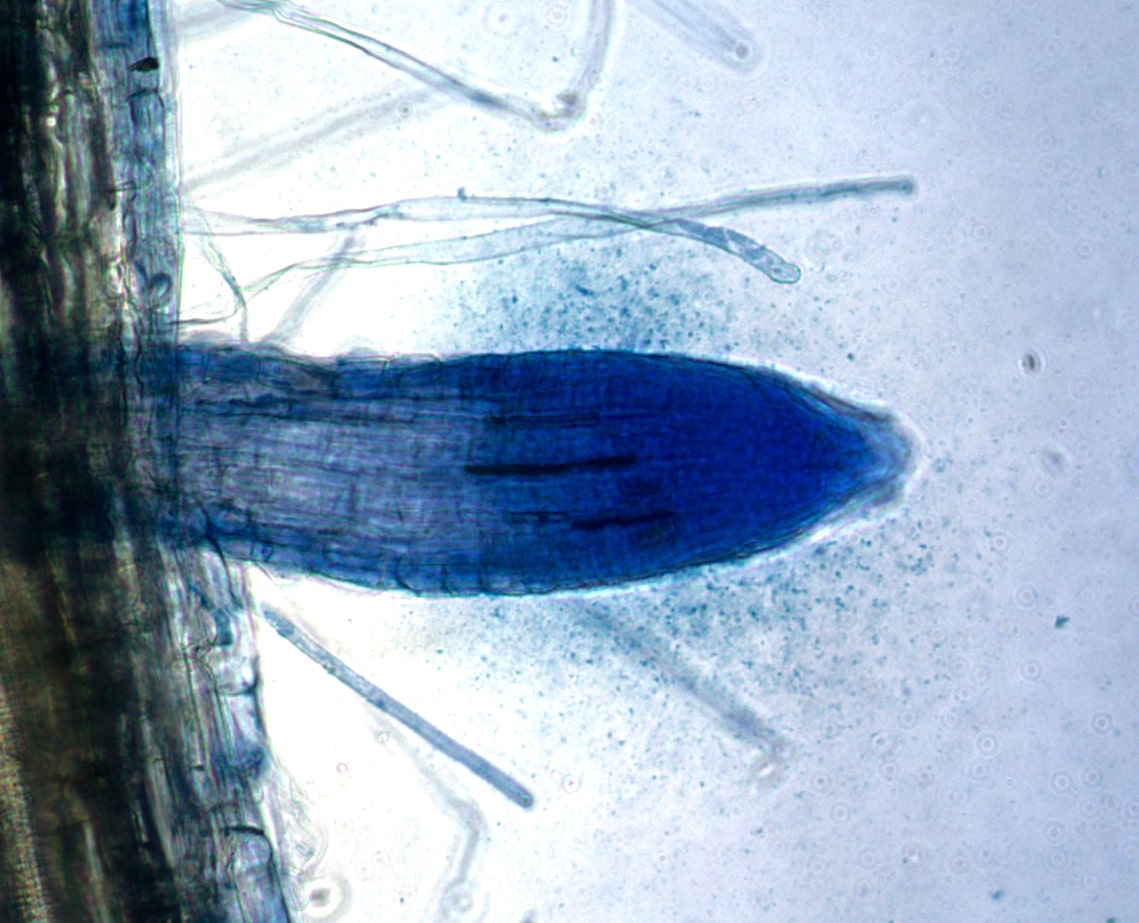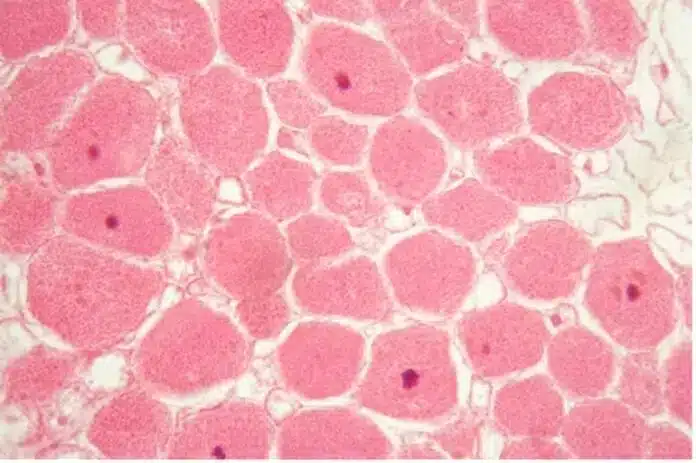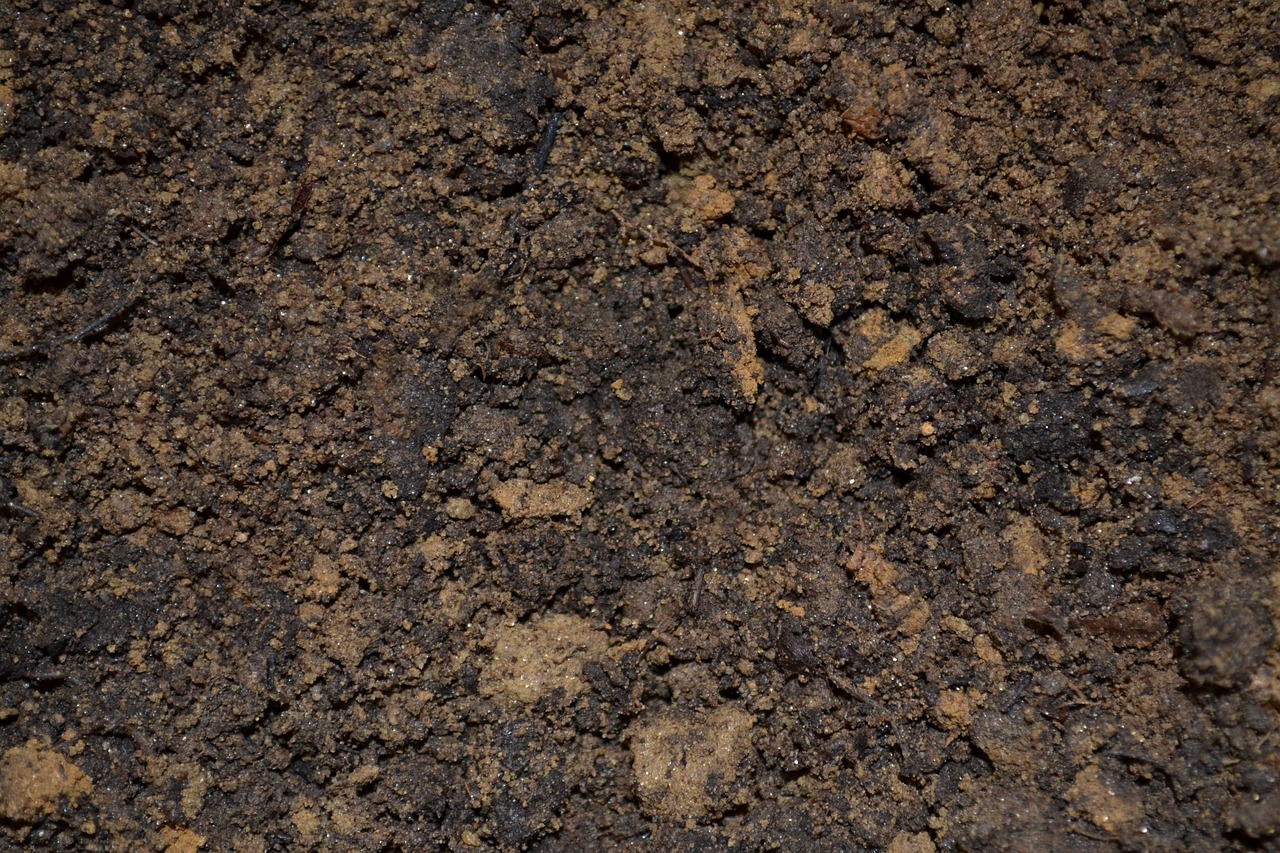Soil isn’t an inert growth medium like we once might have thought. It’s teeming with beneficial organisms, and experts say the time is now to think about it in a new way.

Soil health is more important than ever, as seed sellers and growers face the challenges of climate change and ensuring food security.
According to a recent report by the Food and Agriculture Organization of the United Nations (FAO), soil degradation affects about 33% of global land area. In Canada and the United States, soil erosion alone causes an annual loss of about 1.6 billion tons of topsoil, equivalent to the loss of 7.9 million acres of cropland, according to the FAO.
This has serious implications for the sustainability and profitability of the agricultural sector, as well as the resilience and well-being of rural communities. Therefore, it is imperative to adopt and promote soil health practices that can enhance soil quality, productivity and functionality, while reducing the negative impacts of soil degradation on the environment and society.
Our recent webinar on this very topic shed light on the new soil health movement that is showing exactly how soil really works to help plants thrive, and how humans have neglected — and damaged — this delicate soil ecosystem over time.
The webinar included four experts including James White, a professor of plant pathology at Rutgers University who has been conducting soil health research for several years. White and his team have uncovered the mechanism through which plants utilize soil microbes to acquire essential nutrients, a process he has named the “rhizophagy cycle”.
This process holds significant potential for enhancing crop productivity, combating weed growth, and reducing the need for environmentally harmful fertilizers and herbicides.
He and his collaborators have discovered that plants actively cultivate and then extract nutrients from symbiotic microbes, and that this cycle can affect plant growth, weed suppression, and fertilizer and herbicide use.
In this cycle, bacteria and fungi alternate between a free-living phase in the soil and a plant-dependent phase within the cells of plant roots. Microbes in the soil acquire nutrients, such as nitrogen and minerals, and these nutrients are subsequently extracted from the microbes within the plant root cells.
The rhizophagy cycle plays a huge role in crop health.
The rhizophagy cycle operates as follows: plants essentially farm microbes around their root tips by secreting sugars, proteins, and vitamins. These microbes then enter the root cells at the growing tips, where the cells lack rigid cell walls and are actively dividing. Inside these root cells, the microbes shed their cell walls and become trapped.
They are exposed to reactive oxygen, such as superoxide, which breaks down some of the microbe cells, effectively extracting nutrients from them. Surviving microbes stimulate the formation of root hairs on the plant roots. Subsequently, these microbes depart from the root hairs at the growing hair tips, where the cell walls of the hair cells remain soft.
The microbes then reconstruct their cell walls as they return to the soil, acquiring nutrients in the process. This cycle repeats itself continuously.
“People have long theorized that plants might obtain nutrients from microbes, but the mechanisms for nutrient transfer from microbes to plants have remained elusive until now,” White says.
“Understanding this process may open the door to growing plants with minimal or no need for fertilizers and herbicides. We can manipulate this system to enhance the growth of desirable plants while suppressing the growth of undesirable ones, potentially using the same microbes.”
Soil health is more important than ever.
According to Black — who is spearheading Canada’s first national senate soil health study in 40 years — urbanization, pollution, and climate change are among the key factors contributing to the degradation of soils, according to testimony received as part of the new soil health study.
“In the past, the importance of soil health and carbon sequestration was not as widely recognized as it is today. It’s imperative that the health of Canada’s soils is assessed and managed more comprehensively to ensure long-term sustainability,” Black says.
Without healthy soil, crop and livestock production are compromised. This issue stems from generations of neglecting the importance of soil microbiomes worldwide, Zavala says. Soil biology has been overlooked, and growers have been farming without recognizing its vital role.
Modern agricultural practices, such as the use of fungicides, can sometimes have a negative impact on the beneficial microbes that are prevalent in healthy soil. According to White, many diseases can be controlled naturally by utilizing bacteria that naturally occur in the soil and plants. These bacteria don’t kill the fungi but instead alter their behavior, making them less virulent and reducing their impact on plant health.
“The presence of microbes in the soil and on seeds significantly influences plant health and development. To encourage these microbes to thrive, it’s essential to adopt practices that promote a healthy microbial community in the soil, rather than relying solely on chemical inputs,” White says.
Soil health directly impacts seed.
A healthy soil microbiome aids in the decomposition of previous crop residues, root materials and pathogens that may have persisted from previous years, Blois says. This decomposition and turnover of pathogens are integral in preventing diseases from persisting over time.
“Some pathogens, like certain fungal species, can form long-lived survival structures such as spores with thick walls, enabling them to survive for several years,” he says. “A diverse and robust soil microbiome can facilitate the decomposition of these long-lived structures more rapidly, reducing their persistence.”
New research is showing that these microbes don’t simply segregate themselves in the soil; they are also found on seed, whose microbes directly interact with microbes found in the surrounding soil.
“Seed microbes play a crucial role in seedling development,” White says. “The mother plant utilizes the successful microbes for growth in a specific habitat and transfers them from the roots to the leaves, ovaries, and eventually, the seeds. This means that the seeds carry these microbes with them, often in accessory tissues attached to the seeds.”
“For instance, in grasses like fescue and rye grasses, there are accessory tissues associated with seeds that contain bacteria. When these seeds germinate, these bacteria become the first endophytes that the plant acquires.”

This microbial association helps the plants grow properly and resist diseases, as the bacteria also colonize potentially pathogenic fungi, reducing their virulence.
If we remove all these microbes from the equation — which modern technologies like fungicides can do — it can lead to problems such as damping off disease and poor seedling development, White adds.
“Roots might not develop properly, and the absence of microbial support can hinder the overall growth of the plants. Therefore, it’s essential to have these microbes associated with the seeds.”
Soil health’s importance is on the rise due to changing technology, bringing both positive and negative implications.
Humans have over the years misunderstood the importance of soil, viewing it as an inert medium as opposed to a thriving environment designed by nature to grow plants. Not only have humans employed farming practices and used inputs that can be detrimental to the microbiome, but we have deliberately set out to try and eliminate the need for soil entirely, Zavala notes.
Research on hydroponics, for example, has investigated the possibility of growing plants without soil entirely. Results have been mixed at best.
“Hydroponic growth, while possible, lacks the rich microbial diversity and nutrient access that soil-based cultivation provides, making the latter a more natural and beneficial condition for plant growth,” White says.
The discourse on soil health has evolved considerably over the past 40 years, Black says. That discourse is creating more awareness of soil health.
“Back in the 1980s, the focus was primarily on traditional farming practices like summer fallowing. However, today, we’re witnessing the emergence of new technologies, products, and practices designed to enhance soil health,” Black says.
“Innovations such as cover crops and advanced soil testing techniques are being embraced to address the contemporary challenges faced by Canadian farmers.”
These innovations are bolstered by new science taking a closer look at soil based on its functionality.
“Most agricultural practices have been rooted in a chemical-centric approach, ignoring the broader, holistic system that encompasses the chemical, physical, and biological aspects of soil,” Zavala says. “To rejuvenate our soil, we must perceive it as a living system and redirect our focus towards comprehensive research and practices that consider the soil.”
To gain a better understanding of soil constraints, her team at the Chinook Applied Research Association near Oyen, Alta., initiated a program that provides them with a fresh perspective on soil. This approach incorporates both the biological and physical aspects of soil.
“With this perspective in mind, we can identify the significant constraints we face in the soil health realm,” Zavala says. “Regardless of the protocols or laboratory methods we use to evaluate soil health conditions, it’s crucial that we adopt indicators that offer insights into the soil’s overall health.”
When it comes to soil, we’ve been doing it wrong for years.
One of the key constraints Zavala’s team encountered was soil compaction, impacting the physical components, as well as issues related to aggregation and stability. Understanding these constraints is vital because it helps them determine the most appropriate approaches to address soil health shortcomings.
“Over the past few years, we’ve conducted extensive soil evaluations, focusing on physical, biological, and chemical constraints,” Zavala says. “ This information is pivotal in directing our efforts towards addressing these issues. Our goal is to work towards soil healing and restoration.”
One notable approach involves applying soil health principles, such as minimizing soil disturbance, promoting plant diversity, and maintaining continuous ground cover.
She emphasizes the transformation her team has observed in the soil when they implement these principles, even for a short period. She illustrates this with a specific example from 2020. The change in soil quality over just two months and 10 days is remarkable.

“This process of soil regeneration and management is vital for understanding the changes in soil health. To facilitate this, it’s important for producers and stakeholders to engage in comprehensive soil health management and monitoring,” Zavala says.
This involves benchmarking the soil, implementing management changes, and continuously monitoring the results.
This monitoring approach extends to seed disease as well, Blois adds.
“In the context of seed diseases, there are specific indicators that seed growers and farmers should closely monitor to prevent seed-related diseases. Preventive measures are crucial, just as in human health. Seed-borne diseases often manifest as seedling blight and root rots, which result from the presence of pathogens within the seeds,” Blois says.
“Moisture levels play a pivotal role in disease severity, as many of these pathogens thrive in wet conditions. Planting in excessively wet soils or experiencing prolonged wet conditions in the growing season can exacerbate seedling blight and root rot issues. Ensuring good soil drainage is essential to mitigate these problems.”











